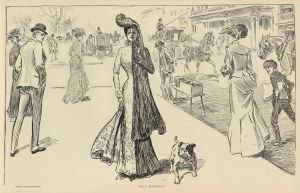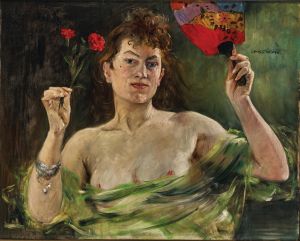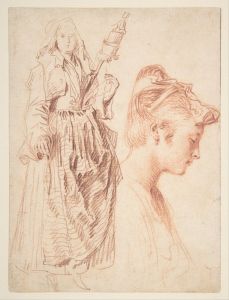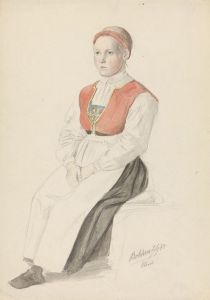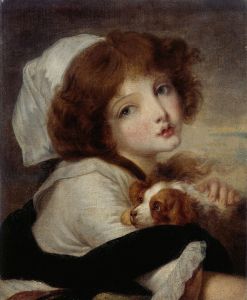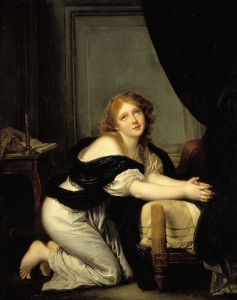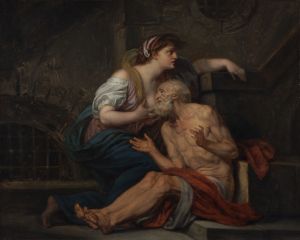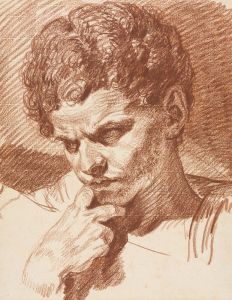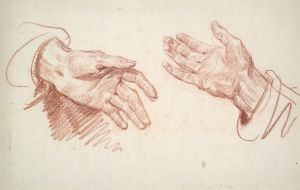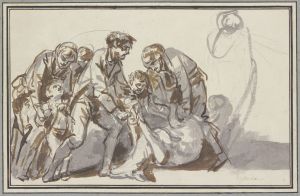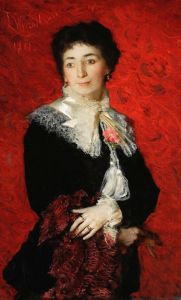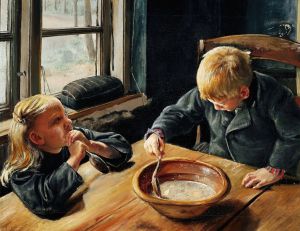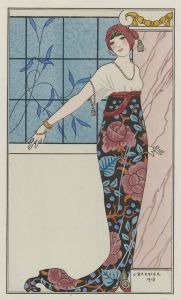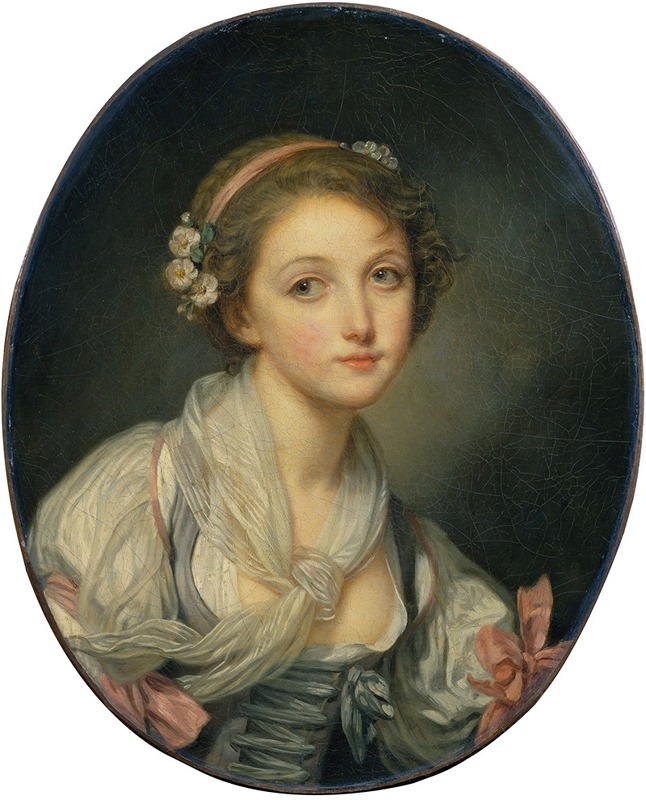
Girl with a Gauze Scarf
A hand-painted replica of Jean-Baptiste Greuze’s masterpiece Girl with a Gauze Scarf, meticulously crafted by professional artists to capture the true essence of the original. Each piece is created with museum-quality canvas and rare mineral pigments, carefully painted by experienced artists with delicate brushstrokes and rich, layered colors to perfectly recreate the texture of the original artwork. Unlike machine-printed reproductions, this hand-painted version brings the painting to life, infused with the artist’s emotions and skill in every stroke. Whether for personal collection or home decoration, it instantly elevates the artistic atmosphere of any space.
"Girl with a Gauze Scarf" is a painting by the renowned French artist Jean-Baptiste Greuze, who was active during the 18th century. Greuze is known for his genre paintings, which often depict scenes of everyday life imbued with moral or sentimental undertones. His works are characterized by their detailed realism and the emotional expressions of his subjects, which made him a popular figure in the art world of his time.
Jean-Baptiste Greuze was born on August 21, 1725, in Tournus, France. He studied in Lyon before moving to Paris, where he gained admission to the Royal Academy of Painting and Sculpture. Greuze's early works were well-received, and he quickly became known for his ability to capture the subtleties of human emotion and expression. His paintings often featured young women and children, portrayed with a sense of innocence and vulnerability.
"Girl with a Gauze Scarf" exemplifies Greuze's skill in rendering delicate textures and capturing the nuanced expressions of his subjects. The painting depicts a young girl with a gauze scarf draped around her head and shoulders. The use of gauze, a light and translucent fabric, allows Greuze to demonstrate his mastery of texture and light, as the material softly envelops the girl's features, creating a sense of ethereal beauty.
The girl's expression is contemplative, her eyes gazing slightly away from the viewer, which invites speculation about her thoughts and emotions. This introspective quality is a hallmark of Greuze's portraits, which often convey a narrative or emotional depth beyond the immediate visual impression. The soft color palette and gentle lighting further enhance the painting's serene and intimate atmosphere.
Greuze's work was highly regarded during his lifetime, and he enjoyed considerable success, particularly in the 1760s and 1770s. His paintings were popular among the French bourgeoisie, who appreciated his ability to capture the virtues and moral values of domestic life. However, his reputation declined towards the end of his career, as the art world shifted towards Neoclassicism, and his sentimental style fell out of favor.
Despite this decline, Greuze's influence can be seen in the works of later artists who admired his ability to convey emotion and character through portraiture. His paintings, including "Girl with a Gauze Scarf," continue to be appreciated for their technical skill and emotional resonance.
Today, Greuze's works are held in various prestigious collections around the world, including the Louvre Museum in Paris, which houses several of his most famous paintings. "Girl with a Gauze Scarf" remains a testament to Greuze's talent and his contribution to the development of genre painting in the 18th century. The painting is a fine example of his ability to blend realism with sentiment, creating works that are both visually appealing and emotionally engaging.





